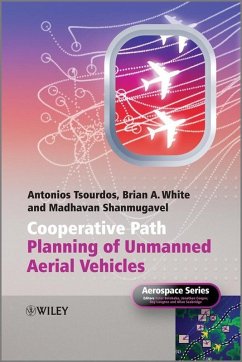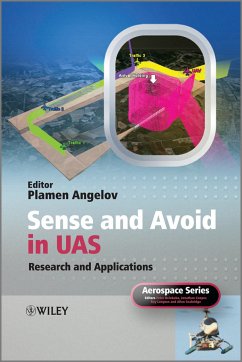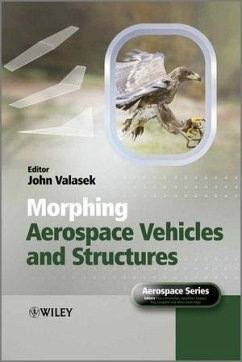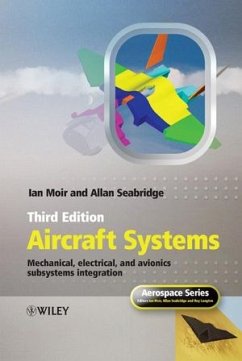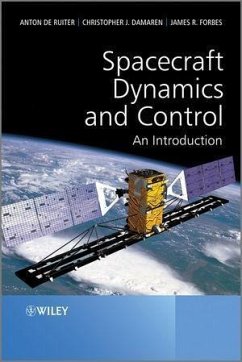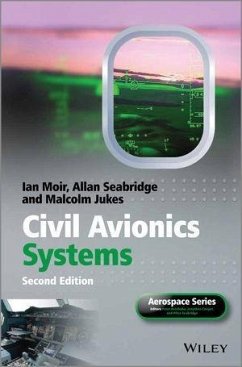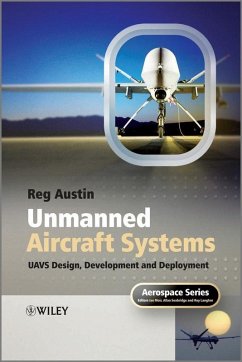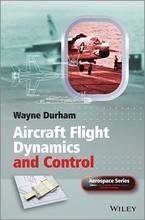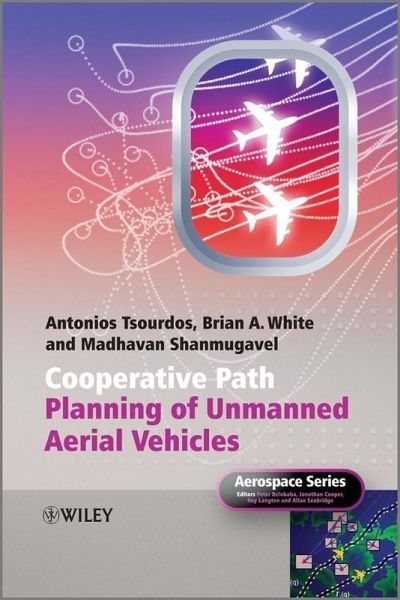
Cooperative Path Planning of Unmanned Aerial Vehicles (eBook, ePUB)
Versandkostenfrei!
Sofort per Download lieferbar
106,99 €
inkl. MwSt.
Weitere Ausgaben:

PAYBACK Punkte
0 °P sammeln!
An invaluable addition to the literature on UAV guidance and cooperative control, Cooperative Path Planning of Unmanned Aerial Vehicles is a dedicated, practical guide to computational path planning for UAVs. One of the key issues facing future development of UAVs is path planning: it is vital that swarm UAVs/ MAVs can cooperate together in a coordinated manner, obeying a pre-planned course but able to react to their environment by communicating and cooperating. An optimized path is necessary in order to ensure a UAV completes its mission efficiently, safely, and successfully.Focussing on the ...
An invaluable addition to the literature on UAV guidance and cooperative control, Cooperative Path Planning of Unmanned Aerial Vehicles is a dedicated, practical guide to computational path planning for UAVs. One of the key issues facing future development of UAVs is path planning: it is vital that swarm UAVs/ MAVs can cooperate together in a coordinated manner, obeying a pre-planned course but able to react to their environment by communicating and cooperating. An optimized path is necessary in order to ensure a UAV completes its mission efficiently, safely, and successfully.
Focussing on the path planning of multiple UAVs for simultaneous arrival on target, Cooperative Path Planning of Unmanned Aerial Vehicles also offers coverage of path planners that are applicable to land, sea, or space-borne vehicles.
Cooperative Path Planning of Unmanned Aerial Vehicles is authored by leading researchers from Cranfield University and provides an authoritative resource for researchers, academics and engineers working in the area of cooperative systems, cooperative control and optimization particularly in the aerospace industry.
Focussing on the path planning of multiple UAVs for simultaneous arrival on target, Cooperative Path Planning of Unmanned Aerial Vehicles also offers coverage of path planners that are applicable to land, sea, or space-borne vehicles.
Cooperative Path Planning of Unmanned Aerial Vehicles is authored by leading researchers from Cranfield University and provides an authoritative resource for researchers, academics and engineers working in the area of cooperative systems, cooperative control and optimization particularly in the aerospace industry.
Dieser Download kann aus rechtlichen Gründen nur mit Rechnungsadresse in D ausgeliefert werden.



